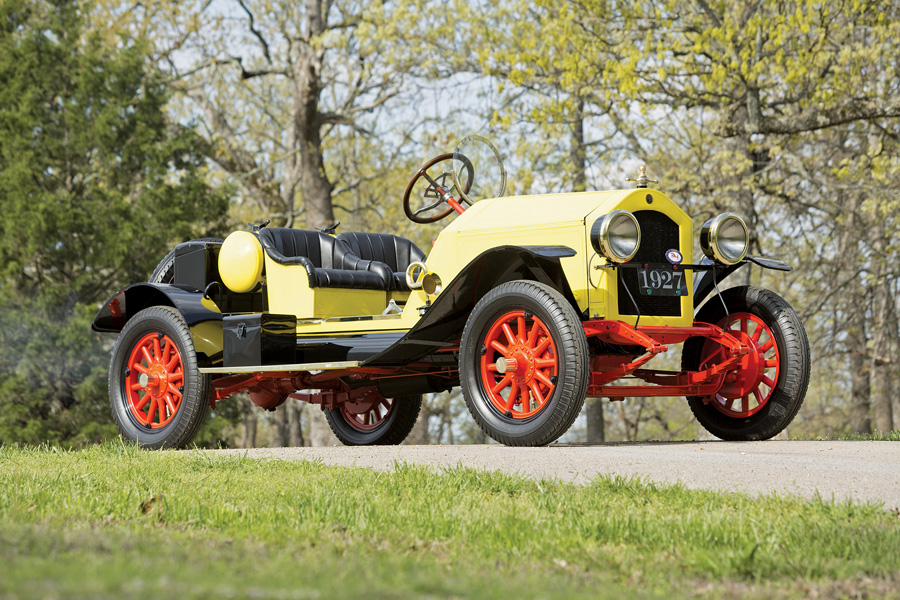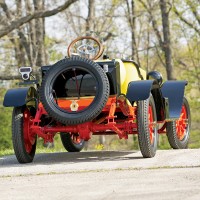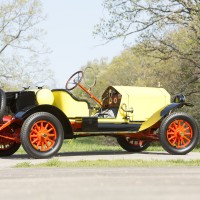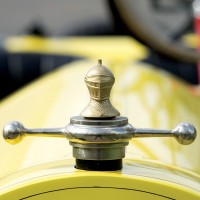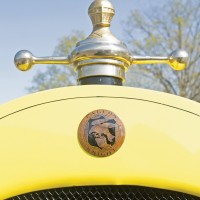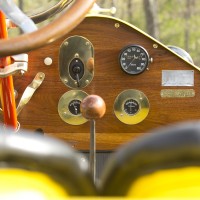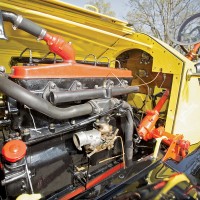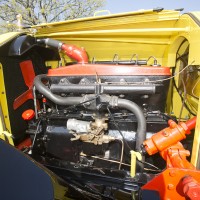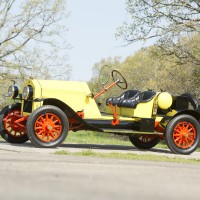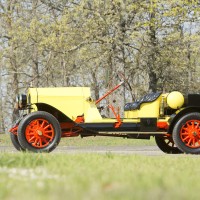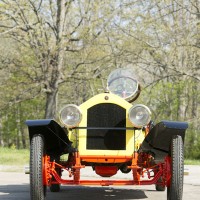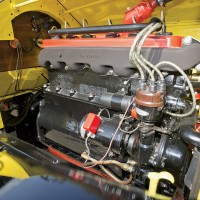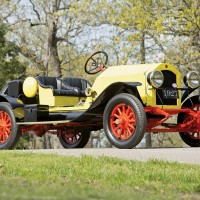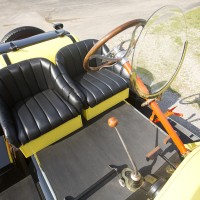SCM Analysis
Detailing
| Vehicle: | 1927 Falcon-Knight Model 10 Speedster |
| Years Produced: | 1927–28 |
| Number Produced: | 11,041 |
| Original List Price: | $1,250 |
| SCM Valuation: | $30,000–$65,000 |
| Tune Up Cost: | $1,500 |
| Chassis Number Location: | Left frame rail |
| Engine Number Location: | Left side of block |
| Club Info: | Antique Automobile Club of America |
| Website: | http://www.aaca.org/ |
| Alternatives: | 1924 Panhard et Levassor X47, 1925–33 Willys-Knight, 1911–24 Mercedes-Knight 16/40 hp |
| Investment Grade: | C |
This car, Lot 239, sold for $28,600, including buyer’s premium, at Bonhams’ Greenwich, CT, Concours d’Elegance auction on May 31, 2015.
Since the early 1900s, countless automotive marques have been born in the United States. Many lasted less than a few short years, while a relative few left their mark and have stood the test of time. Even fewer of those marques are still with us to this day.
Many car builders were merely assemblers rather than manufacturers, buying the components and bolting together the various pieces and parts, placing a distinctive identifying badge on the radiator. Others advanced the evolution of the automobile with inventions from the fertile minds of innovators who often had little — if any — formal training.
A better idea
One such individual was Charles Yale Knight. His first automobiles, a 1903 Searchmont and an earlier Knox, were plagued with noisy valves, and the springs frequently broke. Knight had a better idea, and he conceived a double-sliding-sleeve engine that had two sleeves per cylinder, one sliding within the other. The ports were slots in the upper end of both sleeves, and when aligned, exhaust was released — eliminating the traditional poppet valves.
The advantages to this system were many, as the engine was almost completely silent, valves were eliminated and fewer parts were used. The engine was so quiet it quickly gained the nickname of “Silent Knight.”
On the other hand, these engines consumed a great deal of oil — two quarts every 70 miles — and greater precision was required in the manufacturing process.
In addition, Knight required a $100 royalty for each engine produced. The engine was initially not well received in the United States, partially due to a Knight car failing on the Glidden Tour. In addition, the novel engine arrived during a period of unprecedented prosperity — with manufacturers barely meeting demand for their conventional poppet-valve cars.
Europe and Willys
Knight found acceptance for his “Silent Knight” in Europe, with Daimler using the engine in all their 1909 automobiles. Others soon followed. In 1913, John North Willys, one of the wealthiest men in the United States, met Knight during a trip to Europe. Knight convinced Willys of the merits of the sleeve-valve engine. When Willys reached England, he hired a Knight sleeve-valve-powered Daimler and was quickly won over by the advantages over the traditional poppet-valve motor.
Willys obtained a license for the Knight motor by acquiring floundering car maker Edwards-Knight, and a Willys-Knight was introduced in 1914, with the slogan “The Day of the Knight is Here” announcing the new car.
In 1927, Willys introduced a new Knight sleeve-valve car — the Falcon-Knight, which had a price point between the Willys Whippet and the higher-priced Willys-Knight. Priced at $1,250, 10,000 were sold in the first 10 months, but only 1,041 were sold in the next year, and the Falcon-Knight became a trivia question for automotive historians.
Rare but not especially special
The 1927 Falcon-Knight Model 10 was offered with six body styles, but a speedster was not one of them. The Bonhams catalog description suggested it was a special body commissioned by the grandson of the founder of Tums, but no documentation was presented. Without it, one must assume the car was a rebody done at some undetermined later date.
Those of us who have spent most of our adult life playing with cars are frequently asked, “What car should I buy?” Well, the answer to that question depends on what your plans are for the car.
If investment enters the equation, this is not the one, as the body is of questionable origin, and I doubt if there is any upside here. Touring? It does not look very inviting, and it is not eligible for many car club events. That leaves us with having fun at local shows, attracting a lot of attention driving in the Fourth of July Parade, and explaining to friends and visitors the benefits of the “Silent Knight” motor.
If that works for the new owner, then he bought an unusual car that is a fit for him. He bought it at a fair price, and unless something drastic happens down the line, he should be able to recover the majority of the price paid. ♦
(Introductory description courtesy of Bonhams.)
